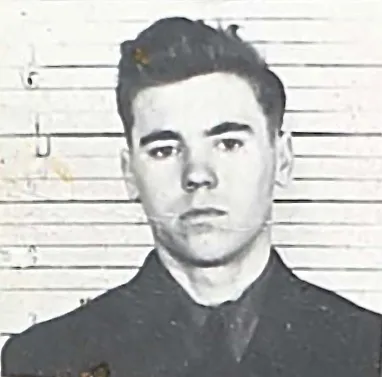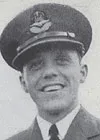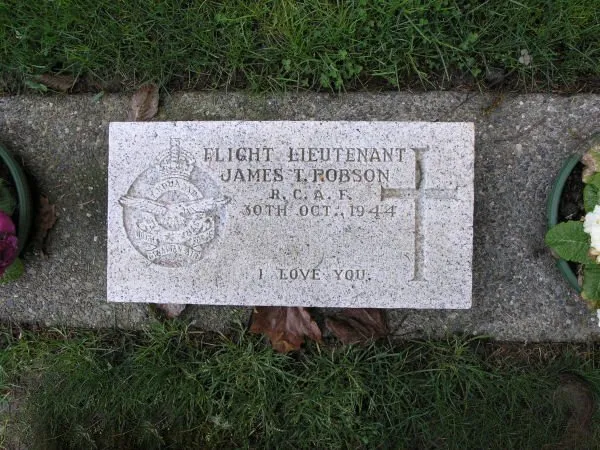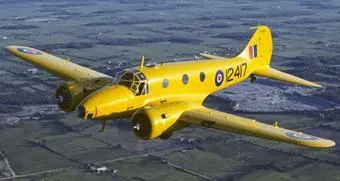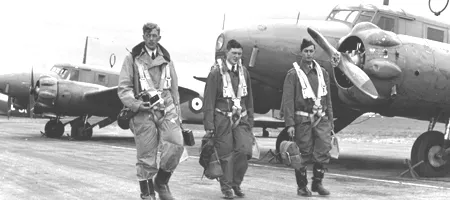8 Air Observers School, Ancienne Lorette, Quebec. Anson aircraft crashed.
Killed includes Carey: Flying Officer James David Nicol Gillingham RCAF J/24231 KIA Burnsland Cemetery Calgary Alberta Lot 20. Block 9. Sec. Flying Officer William Graham Muir RCAF J/24212 KIA Nanaimo Public Cemetery BC Row 57, Grave 137. F/Lt James Thomas Robson RCAF J/9151 KIA Victoria Royal Oak Burial Park Victoria BC Sec. D. Plot 22. Grave 18.
